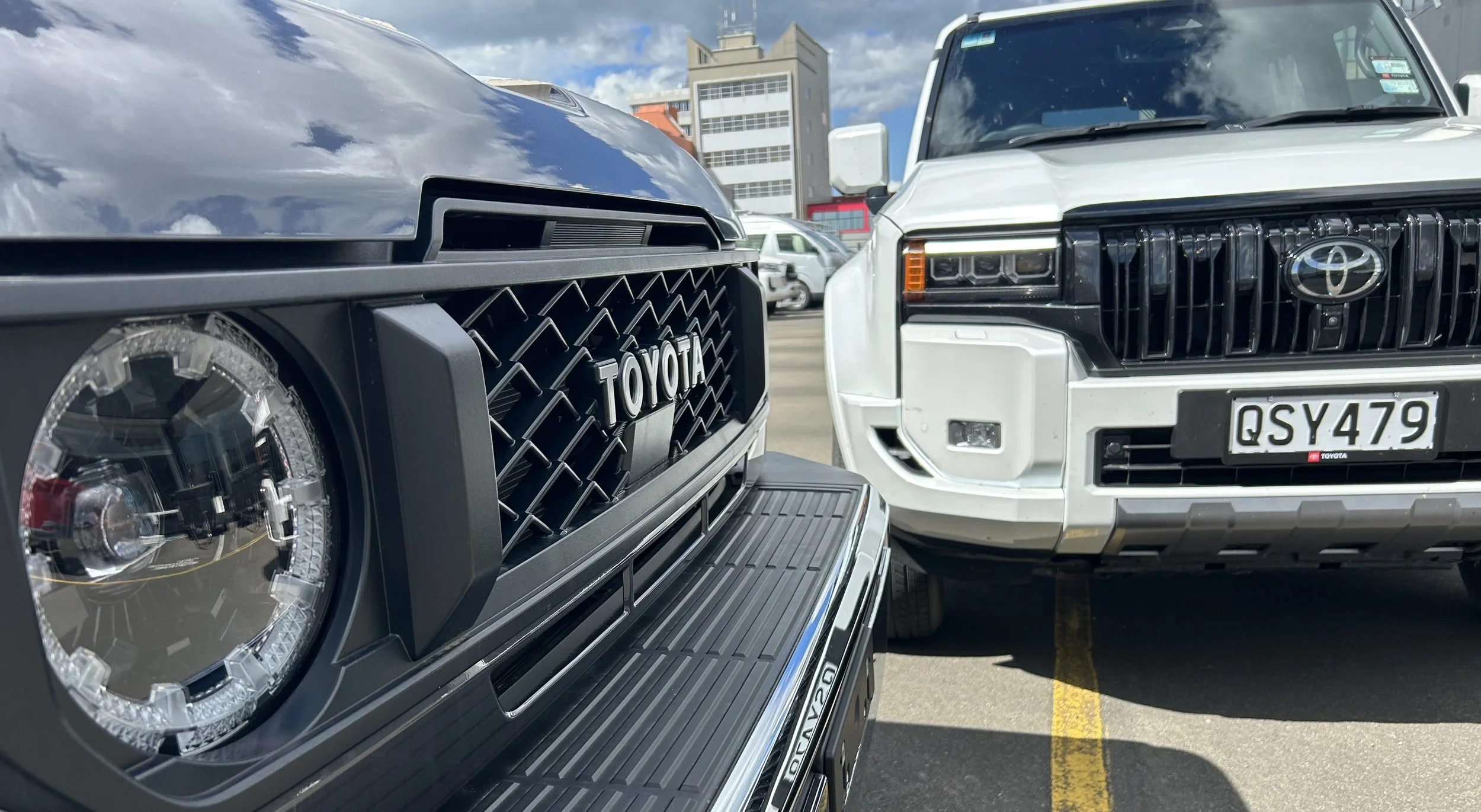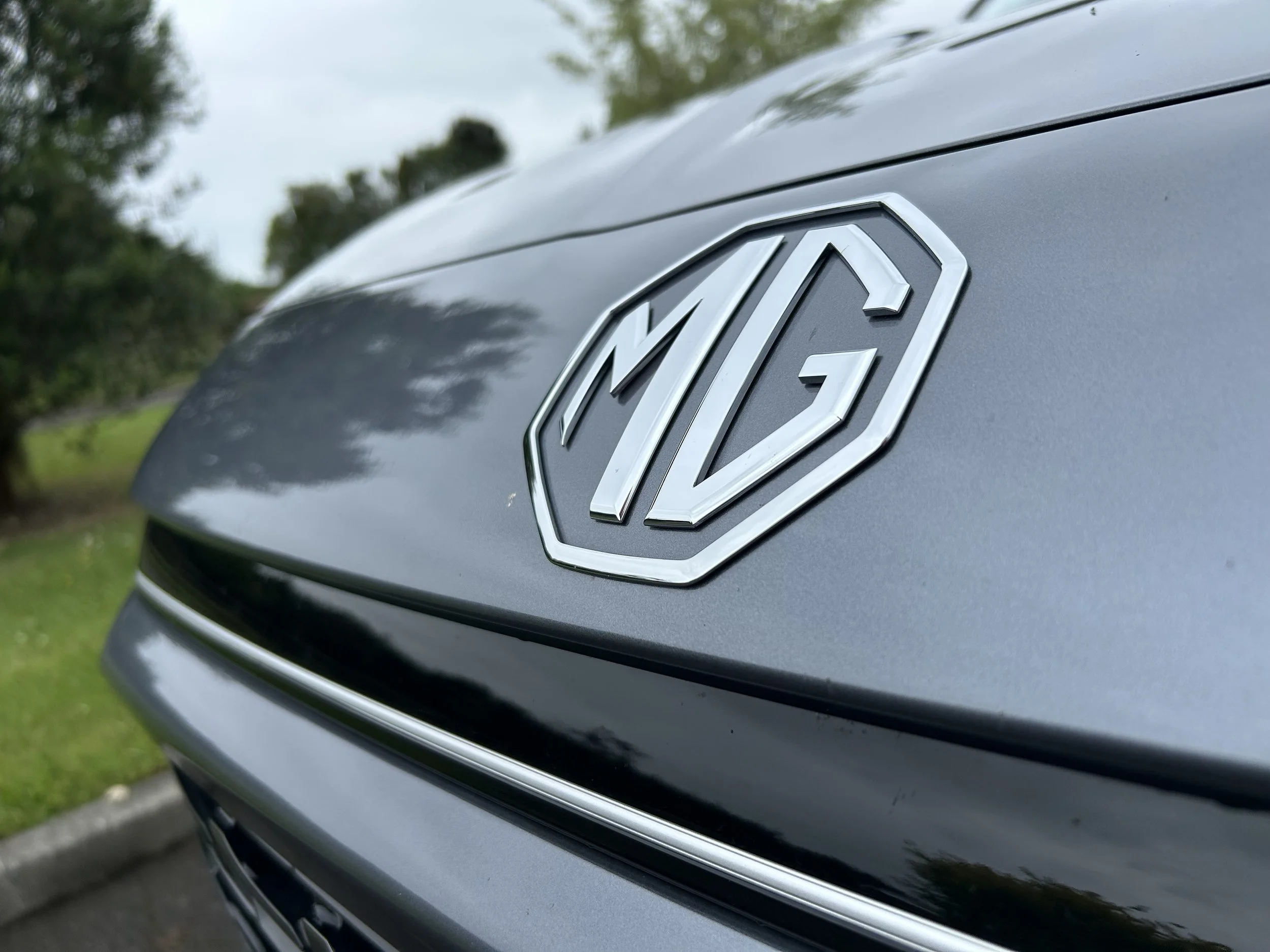Continental - an early industry powerhouse
/The 1923 Auburn Beauty Six was one of many products powered by proprietary engines from Continental.
These pioneers reached for the sky.
IF YOU were asked to compose a list of the 10 men most responsible for the development of the American automobile industry, who would you include?
Henry Ford and David Buick? Perhaps Walter Chrysler, Ransom Olds, John Dodge, Benjamin Briscoe, Louis Chevrolet, and Charles Nash? Would that list include A.W. Tobin and Ross Judson?
In the 21st century Tobin and Judson may be less than an obscure footnote to automotive history but the business they created was the cornerstone for an astounding number of famous and forgotten automobile manufacturers. Their business also featured prominently in the development of the fledgling American aeronautical industry and during WWII played an important role in America’s defense industry.
The establishment of the Tobin and Judson automotive empire can be traced to 1901 when Ross Judson, a gifted mechanical engineering student, examined a Mercedes L-head four-cylinder engine and noticed a number of inherent flaws. Following on the heels of this discovery was the conviction that he could resolve these issues and vastly improve that engine.
In 1902, after his graduation from the Armour Institute of Technology, Judson drafted a sales pitch and daring business plan that he presented to his brother in law, A.W. Tobin. Against the backdrop of a rapidly developing automobile industry his enthusiasm and their meeting ended with Tobin as an enthusiastic partner, a $2,000 investment of capital, and an agreement to lease a hayloft in Chicago and convert it into a machine shop. Their newly minted company was named Autocar.
As per the business plan, Judson developed an engine that was tested extensively for durability. He then launched promotion with an eye-catching display at the1903 Chicago Automobile Show. Judson and Tobin were confident that the engine would sell but the resultant inundation of orders overwhelmed their small company. In an incredible display of brash bravado, the partners obtained loans, hired additional workers, added a second shift at the factory, and launched an expansion of production facilities.
By 1904, the exponential increase in orders forced Judson and Tobin to find a location suitable for dramatic expansion. Eager to capitalize on the rapidly expanding automobile industry numerous communities and municipalities were offering prospective automotive manufactures a wide array of incentives. After evaluating several communities, a series of meetings to discuss incentives, and looking at prospective sites the partners decided to relocate all Autocar operations to Muskegon, Michigan. With completion of a state of the art 16,000 square foot factory in late 1905, the company launched an aggressive campaign to solicit business from automobile manufacturers throughout the Midwest.
The following year was a tumultuous one for the company. A company in Ardmore, Pennsylvania that had used the Autocar name since 1899 sued for infringement. As a result, Tobin and Judson reorganized their company under the Continental name. Studebaker increased its order from 100 engines to 1,000. A line of stationary engines was developed and marketed which led to the establishment of a new division of the company and the hiring of 600 additional employees.
As an example of their visionary leadership, in 1910 a division was established for the development and production of aircraft engines. This division, as with the rest of the company, would evolve with the rapidly changing technological innovations of the era and in 1929 it would become a subsidiary, Continental Aircraft Engine with the A-70, a 170 horsepower radial engine, as the foundation.
In 1910, Continental received its largest order to date; 10,000 engines for a new automotive manufacturing concern, Hudson. This served as the catalyst for an ambitious expansion program that included additions to the Muskegon facility, construction of a factory in Detroit, and the outfitting of both factories with state-of-the-art equipment. Two years later Walter Frederick, a former engineer for the truck manufacturing concern Autocar in Pennsylvania, assumed Judson’s position as chief engineer. Harnessing his extensive experience and knowledge, the company expanded the engineering department and launched the development of an innovative programme that included catalogue sales of standardized engines to automobile manufacturers, companies in need of stationary industrial engines, aircraft firms, and tractor manufacturers. Additionally, the company offered various options for these engines. As a result, if a client requested engine specifications not listed in the catalog, staff engineers modified existing models accordingly.
The next two decades were a golden era for Continental. Automobiles manufactured by Apperson and Case, Crawford and Jordan, Ace and Vellie, Erskine, and dozens of other companies utilized engines by Continental. Numerous companies that manufactured trucks exclusively including Corbitt, Federal, Schacht, Selden, Sterling, and Reo (derived from the initials of the founder, Ransom E. Olds) used Continental engines as well.
It was also another pivotal period of transition for the company. Ross Judson retired, and W.R. Angell was appointed president of the company. One of Angell’s first projects was to finalize an agreement with William Durant, the founder of General Motors who was building a similar company, to supply engines for his new line of automobiles – Durant, Star, and Flint. He also initiated tentative merger negotiations between Continental and three manufacturers that utilized that company’s products: Peerless, Moon, and Jordan. This had the potential for making a tremendous impact on the American automobile industry, but negotiations collapsed in the initial stage of development largely resultant of the collapse of Jordan, and the financial insolvency of Moon.
The year 1930 was the dawn of a new decade at Continental. First the company expanded the diesel truck, aircraft, and agricultural engine divisions, a fortuitous move as it kept Continental afloat during the opening days of the Great Depression. The company was poised for growth when in 1932 the decision was made to initiate the launch of a Continental manufactured automobile, and to purchase the Divco truck manufacturing enterprise.
Together the short-lived Continental Beacon, Flyer, and Ace, and the acquisition of Divco resulted in the company’s first financial crisis. But the company proved resilient and the diverse legacy of Continental did not end with the Great Depression or the post war era of unprecedented optimism. Continental engines powered the grandfather of the Jeep, the Bantam Reconnaissance and Command Car prototype, and the iconic Checker taxi through early 1964. During WWII, under contract to Willys, the company produced engines for the Jeep. Even when the company was reorganized and engine production was discontinued, the contributions continued as innovation flowed from Ryan Aeronautical, and Teledyne Continental Motors, a fitting legacy of two forgotten pioneers, Tobin and Judson.
Find more from Jim Hinckley at jimhinckleysamerica.com
















